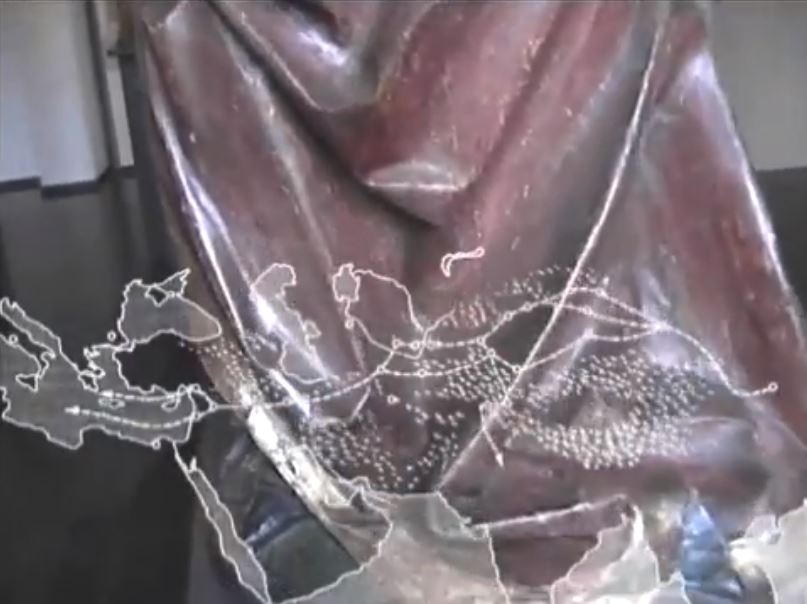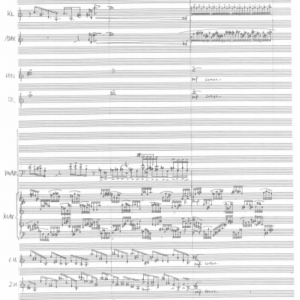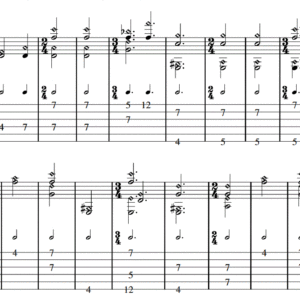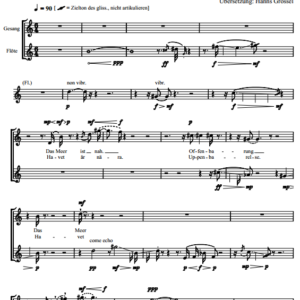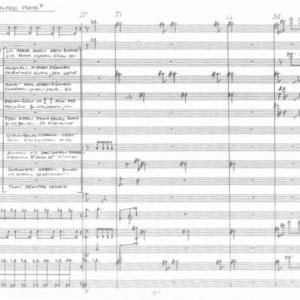Beschreibung
Seidenstraße (2001)
Experimentalfilm und elektronisch transformierte
Musik der Seidenstraße
„Seidenstraße“ behandelt die verschiedenen Konnotationen des Faltenwurfs, von der poetischen Beschreibung Leonardo da Vincis bis zu einer Anklage einer afghanischen Frau über den Verhüllungszwang. So ist auch der Untertitel zu verstehen: Faltenwurf/Steinwurf. Klänge voller Ornamente, die sich wie weich fallende Stoffbahnen oder knittriges Faltengeschiebe entlang einer geografischen West-Ostlinie bewegen. Sie treffen auf zwei Texte zur Körperverhüllung: Der eine, poetische zur Zeichentechnik des Faltenwurfs stammt von Leonardo da Vinci:
„Come le figure, essedo vestite di matello, no debono tato mostrare lo nudo che ‚l matello paia i sulle carni, se già tu no volessi che ‚l matello fusse sulle carni,iperochè tu debi pensare che tra ‚l mantello e le carni sono altre vesti che ipedisconolo scoprire e ‚l parere la forma delle mebra sopra il matello; e quelle mebra che fai discoprire fa le in modo grosse che li apparisca sotto il matello altre vestimeta,ma solo farai scoprire la quasi uera grossezza delle mebra a una nifa o uno agielo, i quali si figurano vestiti di sottili vestimeti sospiti e ipressi soffiare de‘ ueti soprale mebra di dette figure.“
(„Die Gestalten, die mit einem Umhang bekleidet sind, dürfen ihre Körperformen nicht
so sehr zeigen, daß es aussieht, als trügen sie den Umhang unmittelbar auf der Haut,
es sei denn du willst, daß sie den Umhang auf der Haut tragen; daher mußt du bedenken,
daß zwischen dem Umhang und der Haut andere Kleidungsstücke sind, die das Enthüllen
oder Sichtbarwerden der Körperformen unter dem Umhang verhindern. Und diese
Körperteile, die due sichtbar machen möchtest, sollst du in groben Umrissen machen,
damit man unter dem Umhang die anderen Kleider ahnt. Die wirkliche Größe der Glieder
wirst du nur bei einer Nymphe oder einem Engel sichtbar machen, denn diese stellt man
immer mit leichten Kleidern dar, die ihnen der Windhauch um die Glieder schmiegt.“)
Der andere, ein apokalyptischer Text einer Afghanischen Frau, der per e-mail-Rundbrief in mein Haus flatterete, schildert die verheerenden Erniedrigungen, die bis zur Steinigung von Frauen führen, wenn sie das Verhüllungsgebot brechen:
e-mail Rundbrief „For all concerned Women and Men“
One woman was beaten to DEATH by an angry mob of fundamentalists foraccidentally exposing her arm while she was driving. The government (of Afghanistan) is waging a war upon women. (The situation is getting so badthat one person in an editorial of the Times compared the treatment ofwomen there to the treatment of Jews in pre-Holocaust Poland.)
(Since the Taliban took power in 1996), women have had to wear burquaand have been beaten and stoned in public for not having the proper attire,even if this means simply not having the mesh covering in front of theireyes. Another was stoned to death for trying to leave the country with aman who was not a relative.
Women are not allowed to work or even go out in public without a male relative; professional women such as professors, translators, doctors,lawyers, artists and writers have been forced from their jobs andstuffed into their homes, so that depression is becoming so widespreadthat it has reached emergency levels.
There is no way in such an extreme (Islamic) society to know the suicide rate with certainty, but relief workers are estimating that the suiciderate among women, who cannot find proper medication and treatment forsevere depression and would rather take their lives than live in suchconditions, has increased significantly. Homes where a woman is present
must have their windows painted so that she can never be seen byoutsiders. They must wear silent shoes so that they are never heard.Women live in fear of their lives for the slightest misbehavior.Because they cannot work, those without male relatives or husbands areeither starving to death or begging on the street even if they holdPh.D.’s.
There are almost no medical facilities available for women and relief workers, in protest, have mostly left the country, taking medicine andpsychology and other things necessary to treat the sky-rocketinglevel of depression among women. At one of the rare hospitals for women,a reporter found still, nearly lifeless bodies lying motionless on topof beds, wrapped in their burqua, unwilling to speak, eat, or doanything, but slowly wasting away. Others have gone mad and were seencrouched in corners, perpetually rocking or crying, most of them infear. One doctor is considering, when what little medication that isleft finally runs out, leaving these women in front of the president’sresidence as a form of peaceful protest. It is at the point where theterm ‚human rights violations‘ has become an understatement.
Husbands have the power of life and death over their womenrelatives, especially their wives, but an angry mob has just as much right to stoneor beat a woman, often to death, for exposing an inch of flesh oroffending them in the slightest way.
Die durch elektronische Prozesse zu Schleier- und Faltenklängen verarbeiteten Musikfetzen stammen aus Ländern entlang der Seidenstraße.
Die Aufnahmen der gotischen Holzmadonnen stammen aus dem Diözesanmusuem Köln und beleuchten in langsamen Schwenks den Faltenwurf der Gewänder. Die Performance Stills von Esther Ferrer „A Day in the Life of a Woman“ and „Cosas“weisen auf das andere Extrem der Verhüllung.
